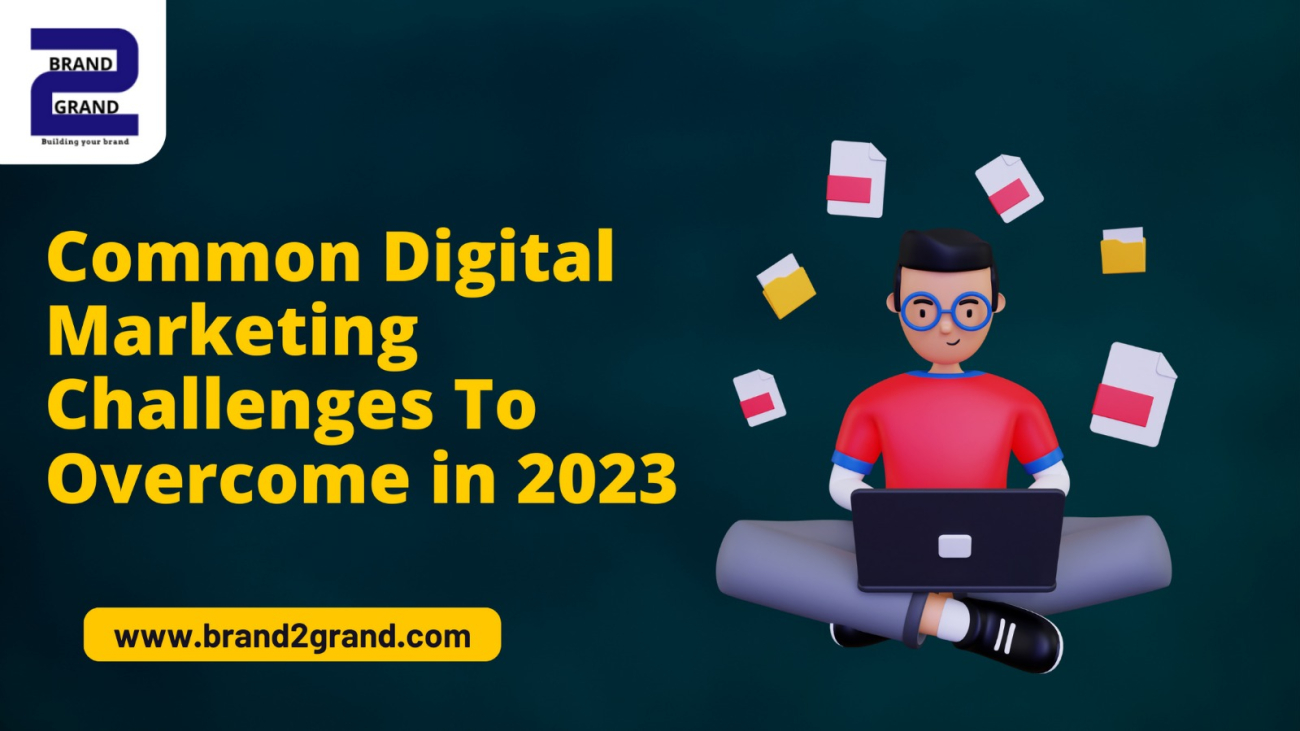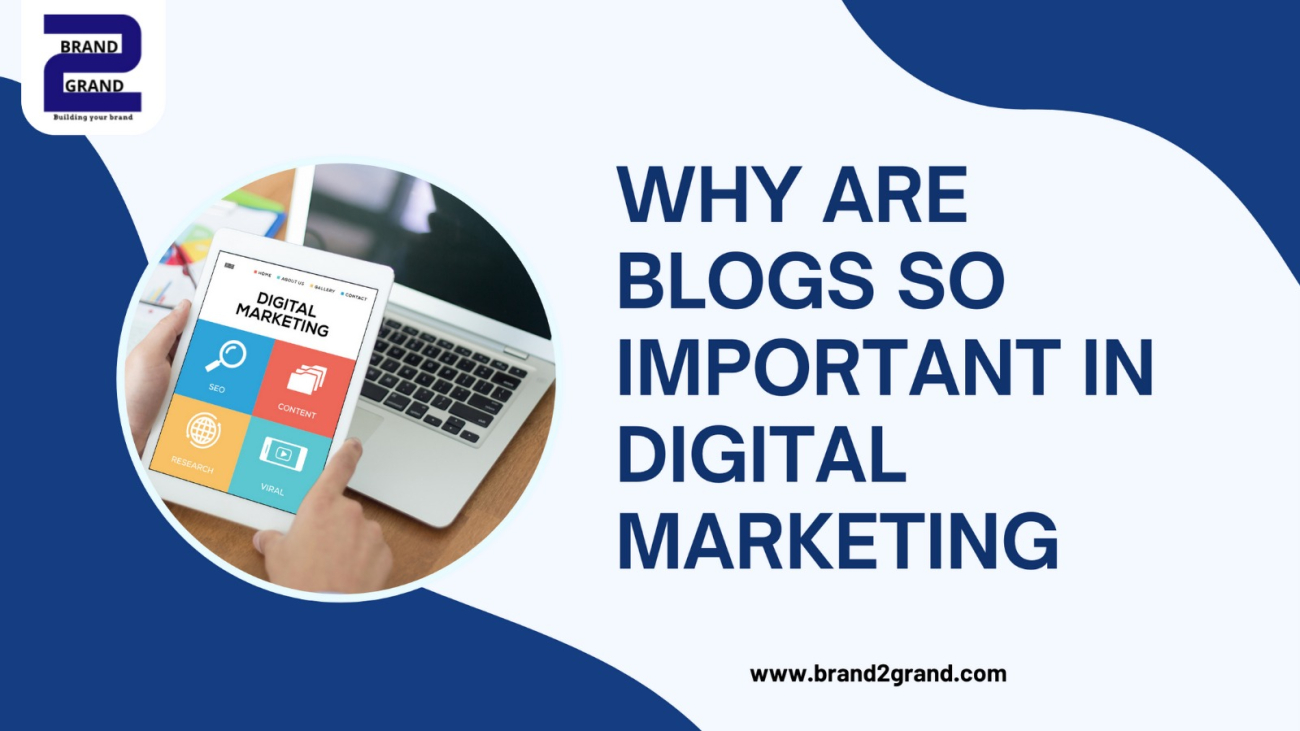In today’s competitive market, advertising plays a crucial role in promoting businesses and capturing consumer attention. One highly effective advertising medium that should not be overlooked is outdoor advertising. In this blog post, we will explore the top 10 reasons why outdoor advertising should be considered as a valuable component of your marketing strategy. We will delve into its ability to reach a wider audience, high visibility, targeted marketing, cost-effectiveness, creative flexibility, local market penetration, 24/7 exposure, complementing digital advertising, emotional connection, and conclude with its future prospects.
I. Reach a Wider Audience
Outdoor advertising possesses a unique advantage in its ability to target a diverse audience. By strategically placing outdoor ads in high-traffic areas, you can reach people who may not be exposed to other media channels. Numerous statistics and examples demonstrate the effectiveness of outdoor advertising in reaching a broad audience, amplifying brand visibility, and increasing customer engagement.
II. High Visibility
The inherent visibility of outdoor advertising in public spaces is undeniable. Large-scale billboards, digital signage, and other outdoor advertising formats have a significant impact on brand recognition. Moreover, the repeated exposure to outdoor ads helps in establishing and strengthening brand awareness among the target audience.
III. Targeted Marketing
Outdoor advertising allows for strategic placement in specific locations to effectively reach a desired audience. By analyzing demographics, behaviors, and consumer preferences, you can identify prime locations to display your outdoor ads. This section will provide case studies showcasing successful targeted outdoor advertising campaigns and illustrate how outdoor advertising complements other marketing efforts to create a cohesive and impactful message.
IV. Cost-Effectiveness
Compared to other traditional media, outdoor advertising offers cost advantages that make it an attractive choice for businesses. Outdoor ads have longevity and durability, providing prolonged exposure and value for money. A thorough analysis of return on investment (ROI) will demonstrate the cost-effectiveness of outdoor advertising, helping you make informed decisions about allocating your marketing budget.
V. Creative Flexibility
Outdoor advertising provides a canvas for designing eye-catching and innovative ad campaigns. Whether it’s through unique billboard designs, interactive installations, or guerrilla marketing tactics, the possibilities are endless. This section will present examples of creative outdoor ad formats and strategies, emphasizing how outdoor advertising allows for experimentation and engaging storytelling to captivate the target audience.
VI. Local Market Penetration
For businesses targeting specific local markets, outdoor advertising proves to be highly effective. Its ability to reach local customers and engage them in their everyday surroundings is unmatched. Small businesses and local brands, in particular, can leverage outdoor advertising to penetrate their target market effectively. This section will provide tips and insights on optimizing local market penetration through outdoor advertising.
VII. 24/7 Exposure
Unlike many other advertising mediums, outdoor ads are constantly visible, regardless of the time of day. This round-the-clock exposure ensures that your message is continuously reaching potential customers. The impact of 24/7 exposure on brand recall is significant, making outdoor advertising a powerful tool for maintaining top-of-mind awareness.
VIII. Complementing Digital Advertising
Outdoor advertising seamlessly complements digital advertising channels, creating a synergy that enhances brand visibility and engagement. By integrating QR codes, hashtags, and other digital elements into outdoor campaigns, businesses can bridge the gap between offline and online marketing strategies. This section will showcase successful cross-channel advertising strategies that leverage the strengths of both outdoor and digital advertising.
IX. Emotional Connection
Outdoor advertising has the power to evoke emotional responses from viewers. Through captivating visuals, compelling messages, and memorable experiences, outdoor ads can create an emotional connection with the audience. This emotional connection, in turn, fosters brand loyalty and drives consumer behavior, making outdoor advertising a valuable tool for building long-lasting customer relationships.
X. Conclusion
In conclusion, outdoor advertising offers a multitude of compelling reasons to consider it as a valuable addition to your marketing mix. By reaching a wider audience, maximizing visibility, employing targeted marketing, benefiting from cost-effectiveness, embracing creative flexibility, penetrating local markets, ensuring 24/7 exposure, complementing digital advertising efforts, and forging emotional connections, businesses can significantly impact their brand recognition, engagement, and ultimately, their bottom line. As the advertising landscape continues to evolve, outdoor advertising will remain a relevant and influential medium for businesses of all sizes.
We encourage you to explore the opportunities that outdoor advertising presents and incorporate it into your marketing strategies. By leveraging the power of outdoor advertising, you can effectively reach, engage, and leave a lasting impression on your target audience, propelling your brand towards greater success in today’s competitive market.










